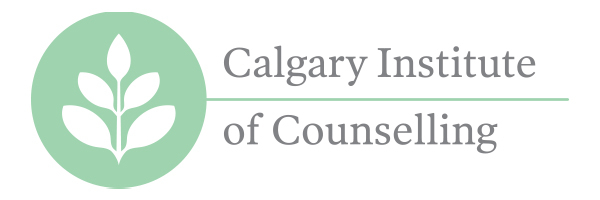What are the 3 Types of Bipolar Disorder?
What are the 3 Types of Bipolar Disorder?
Bipolar disorder is one of the most complex mental health issues out there today. It is also one of the most misdiagnosed mental health issues. This is because it is often confused with other types of common mental disorders such as depression. There are three main types of bipolar disorder.
If you are seeking to understand more about bipolar disorders and the difference between them, then take a look at them to get the information that you need.
An Overview of Bipolar Disorder
Before looking at each type of bipolar disorder individually, it is helpful to look at the condition as a whole. At the heart of bipolar disorder is mood swings that can be very severe. The disorder is sometimes referred to as manic depressive disorder.
While everyone sometimes feels happy or sad, the extremes that are found in someone with bipolar disorder can make it difficult for them to function normally.
Bipolar disorder usually shows up when a person is in their teens or in their twenties. The disorder is characterized by episodes of hyper mania as well as depression. When a person is experiencing a manic episode they may have a lot of nervous energy, lose their appetite, have racing thoughts, and talk incessantly.
When a person is having depressive episodes they have a feeling of hopelessness and despair. They may not sleep and they may have a complete loss of concentration and focus. They may also start shunning activities that they usually enjoy.
Bipolar I
Bipolar I can last for about a week. It is normally classified by the need for medical intervention. When bipolar one is present it usually requires hospitalization so that the person does not hurt themselves or those around them.
Bipolar I may also include episodes where a person is depressed for two weeks and longer. In some cases, the person is depressed and manic at the same time. They may however experience depression and mania separately.
Bipolar II
A person with bipolar II goes through a cycle of being manic and depressive. However, the difference between bipolar I and bipolar II is that the person does not require hospitalization because the episodes are not as intense as in bipolar I.
Cyclothymic Disorder
Another type of manic disorder that is frequently experienced is cyclothymic disorder. If a person is suffering from low-grade hyper manic and depressive episodes for two years or longer then they are classified as having this disorder.
This basically means that the person is not manic or depressive enough to be characterized as having Bipolar I or bipolar II.
Getting Help
The good news is that there is help available no matter what type of bipolar disorder you may have.
Help in the form of therapy or medication is effective and often necessary when it is used consistently. If you or someone you love is suffering from any of the types of bipolar disorders discussed here you can contact the Calgary Institute of Counselling to get professional help.
